at TA = 25°C, AVDD = 3 V, DVDD = 3.3 V, and two-channel single-ended configuration (unless otherwise noted)
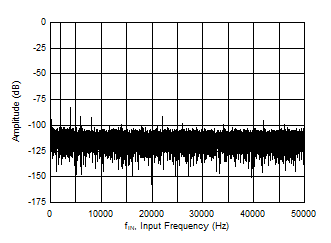
SNR = 69.6 dB, THD = –84 dB, ENOB = 11.2,
fsample =
140 kSPS, SFDR = 87 dB, AVDD = 1.8 V |
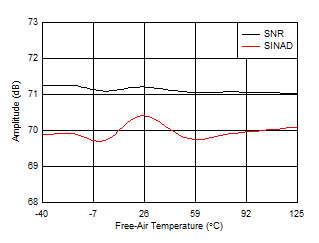 Figure 6-7 SNR and SINAD in Manual Mode vs Temperature
Figure 6-7 SNR and SINAD in Manual Mode vs Temperature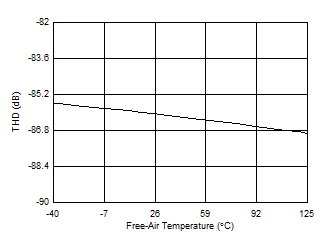 Figure 6-9 THD in Manual Mode vs Temperature
Figure 6-9 THD in Manual Mode vs Temperature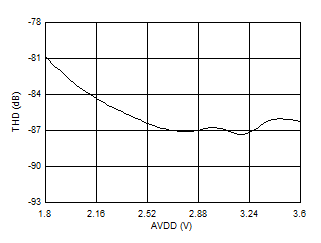 Figure 6-11 THD in Manual Mode vs AVDD
Figure 6-11 THD in Manual Mode vs AVDD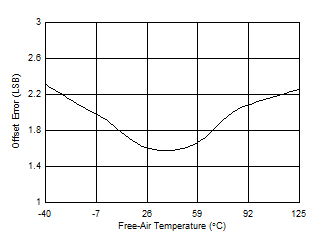 Figure 6-13 Offset Error in Manual Mode vs Temperature
Figure 6-13 Offset Error in Manual Mode vs Temperature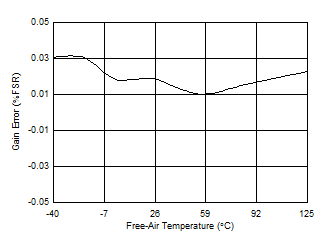 Figure 6-15 Gain Error in Manual Mode vs Free-Air Temperature
Figure 6-15 Gain Error in Manual Mode vs Free-Air Temperature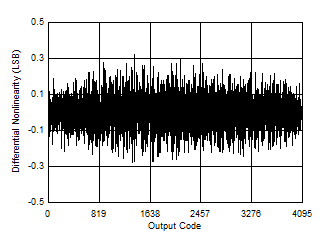 Figure 6-17 Typical DNL in Manual Mode
Figure 6-17 Typical DNL in Manual Mode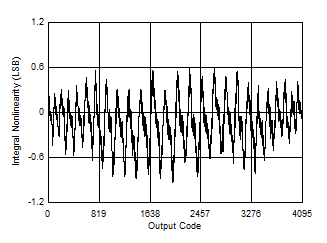 Figure 6-19 Typical INL in Manual Mode
Figure 6-19 Typical INL in Manual Mode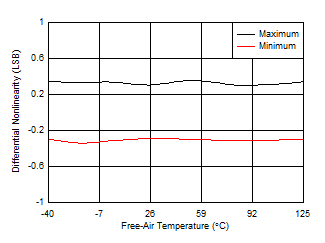 Figure 6-21 DNL in Manual Mode vs Temperature
Figure 6-21 DNL in Manual Mode vs Temperature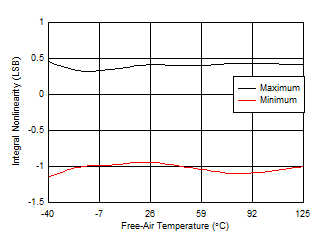 Figure 6-23 INL in Manual Mode vs Temperature
Figure 6-23 INL in Manual Mode vs Temperature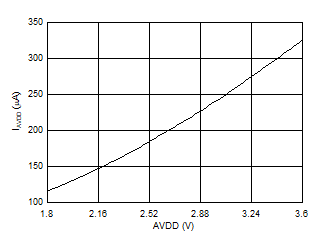
| fSample = 140 kSPS, SCL = 3.4 MHz |
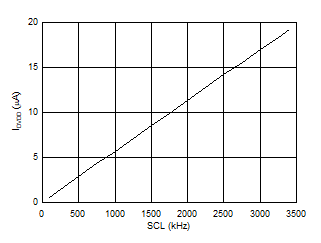 Figure 6-27 IDVDD in Manual Mode vs SCL
Figure 6-27 IDVDD in Manual Mode vs SCL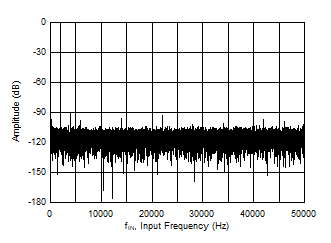
SNR = 71.3 dB, THD = –87 dB, ENOB = 11.5,
fsample =
140 kSPS, SFDR = 89.3 dB, AVDD = 3 V |
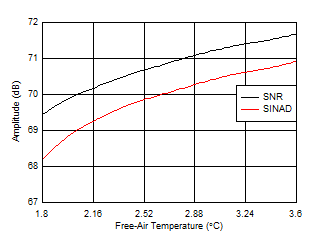 Figure 6-8 SNR and SINAD in Manual Mode vs AVDD
Figure 6-8 SNR and SINAD in Manual Mode vs AVDD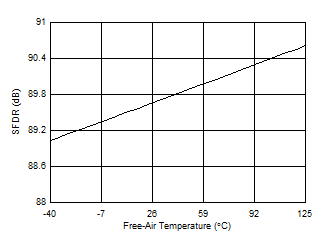 Figure 6-10 SFDR in Manual Mode vs Temperature
Figure 6-10 SFDR in Manual Mode vs Temperature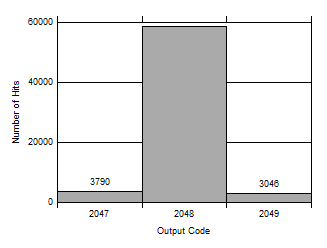
| Mean code = 2047.9, standard deviation = 0.32 |
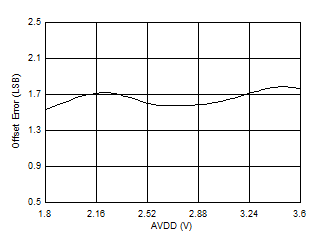 Figure 6-14 Offset Error in Manual Mode vs AVDD
Figure 6-14 Offset Error in Manual Mode vs AVDD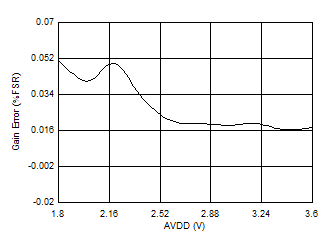 Figure 6-16 Gain Error in Manual Mode vs AVDD
Figure 6-16 Gain Error in Manual Mode vs AVDD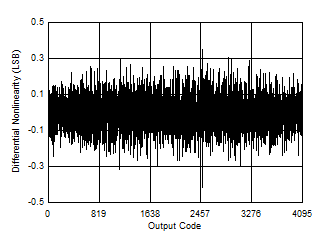 Figure 6-18 Typical DNL in Manual Mode
Figure 6-18 Typical DNL in Manual Mode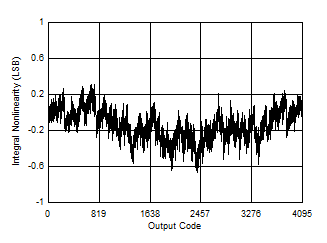 Figure 6-20 Typical INL in Manual Mode
Figure 6-20 Typical INL in Manual Mode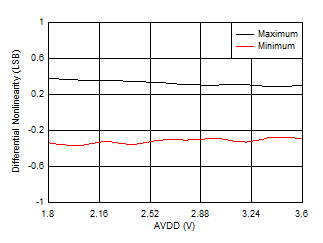 Figure 6-22 DNL in Manual Mode vs AVDD
Figure 6-22 DNL in Manual Mode vs AVDD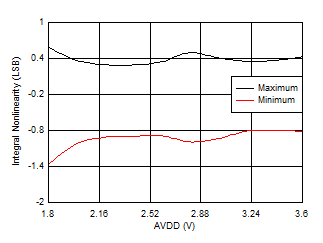 Figure 6-24 INL in Manual Mode vs AVDD
Figure 6-24 INL in Manual Mode vs AVDD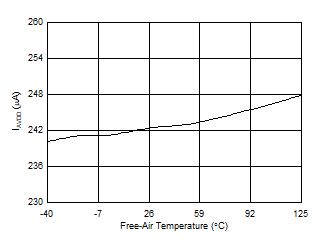 Figure 6-26 IAVDD in Manual Mode vs Temperature
Figure 6-26 IAVDD in Manual Mode vs Temperature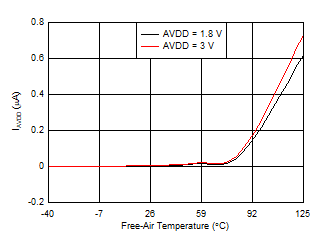
| No activity on SCL and SDA |























